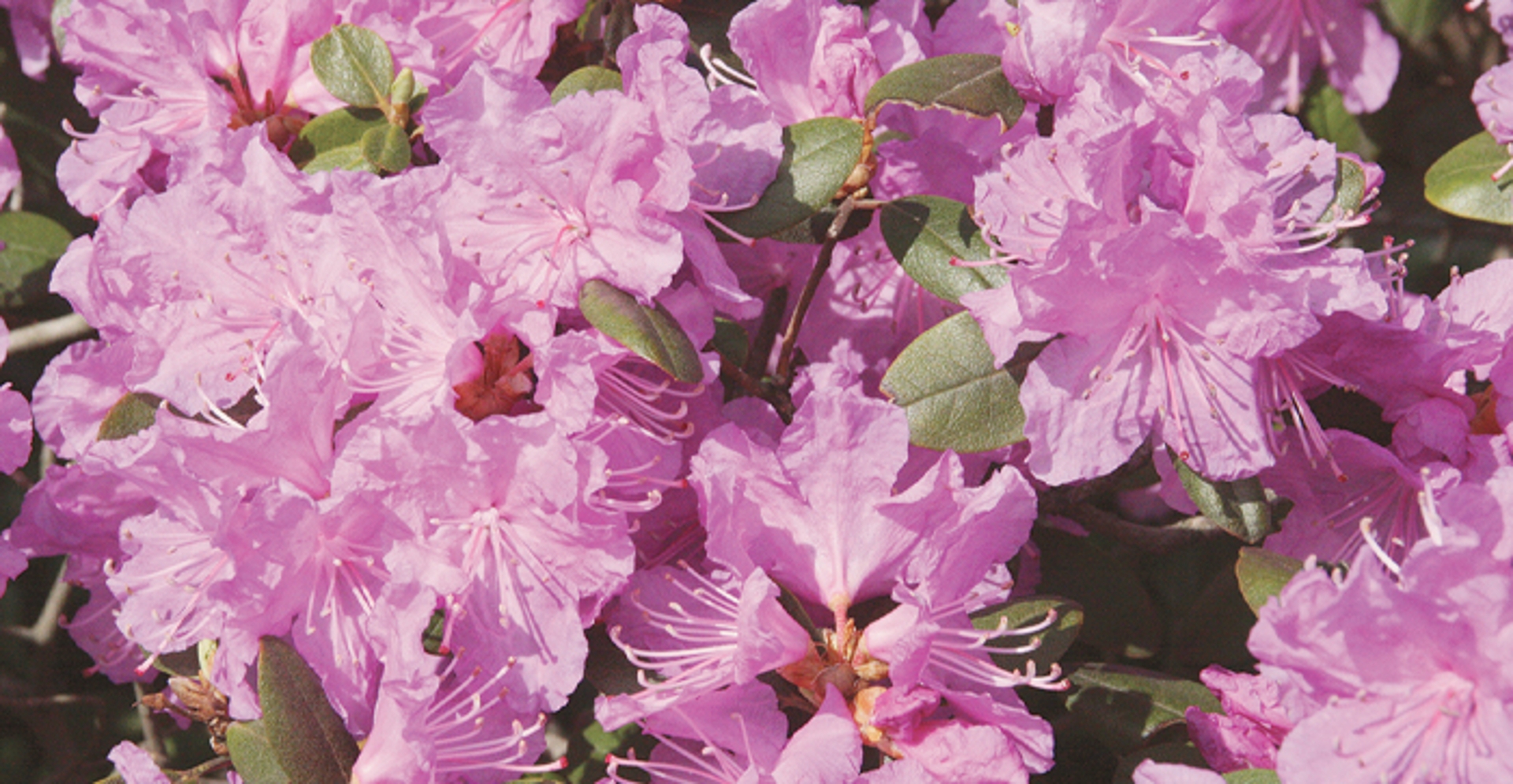10
Apr 2024
Pets bring many positive changes to households. Pets can make homes more lively, and the companionship of animals can reduce feelings of loneliness while offering additional health benefits to pet owners.
Individuals who are preparing to adopt or purchase pets need to be mindful that they may need to make changes at home to ensure residences are safe places for pets to reside. Much in the way new parents must assess the environs for potential hazards to babies, pet owners should conduct similar inspections. These safety checks should occur both inside and in the yard if pets will be spending time outdoors. Poisonous plants are a potentially hidden hazard prospective pet owners must address before bringing a new pet home.
People generally do not give much thought to the plants they include in their homes and yards beyond the care instructions and how they can add to the aesthetic appeal. Homeowners may know if a plant likes the sun or shade, but they may not realize its potential for toxicity. That’s because adults in particular are not prone to ingesting the plants in their yard that are inedible, unlike curious pets that may sniff and nibble plants when exploring their environments. For those with dogs and cats that will spend time outdoors, it’s best to be aware of these potentially toxic plants, courtesy of the ASPCA, Dr. Buzby’s and Garden Design.
• Autumn Crocus: There are various types of crocus plants, but the one most toxic to dogs is autumn crocus. The entire plant is toxic, but the highest concentration of toxic agent is found in the bulbs.
• Sago Palm: People in warm climates may enjoy the look of palm trees on their properties. Despite its tropical and relaxing appearance, the Sago palm is extremely poisonous if ingested by pets, with the seeds being the most toxic part.
• Lily: Lilies are highly toxic to cats in particular. Even grooming pollen off of their fur or drinking water out of a vase where lilies are kept may cause kidney failure.
• Tulips and Hyacinth: These early bloomers are beautiful flowers, but each contains a similar alkaloid toxin that is mild to moderately toxic to pets. Again, the highest concentration is found in the bulbs, which dogs or cats may dig up while exploring.
• Aloe Vera: This soothing succulent may be part of an arid climate landscape. Aloe contains saponin, a toxin with foaming properties that can harm pets if ingested and cause severe dehydration.
• Begonia: A popular outdoor and houseplant, begonia has decorative flowers and attractive leaves. However, the plant can be toxic to cats and dogs if ingested, particularly the underground tubers.
• Azalea: This flowering shrub produces flowers in many colors, so it’s often present in household landscapes. It’s important to note that azaleas can be toxic to dogs and cats.
• Yew: American, Canadian and Japanese yew may be found around properties. These shrubs produce small red berries with green centers (almost looking like the reverse of a Spanish olive with pimento). Yew is toxic to cats and dogs.
• Dahlia: Dahlia produce flowers in different colors, so they are common in flower beds. However, these plants also are mildly toxic to pets.
Many toxic plants can irritate the gastrointestinal system in pets, potentially resulting in vomiting, diarrhea or lethargy. Those who suspect a pet has ingested a poisonous plant should contact the ASPCA Animal Poison Control Center at 888-426-4435 or their local veterinarian to learn about how to respond to possible exposure.






